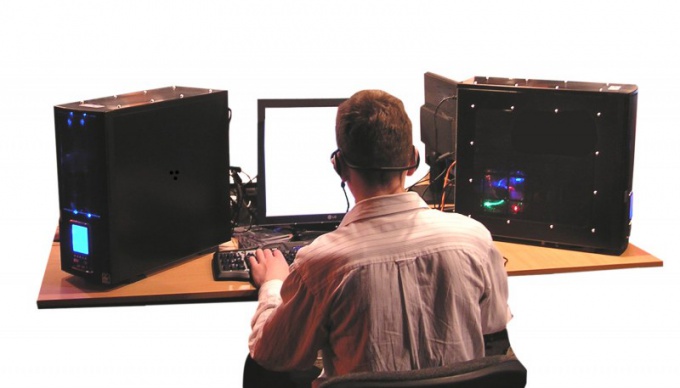You will need
- The computer specialized programs, textbooks and video courses.
Instruction
1
For writing program you need a programming environment. One of the most easy to learn and use the development environment is Borland C++ Builder. Installing it on the computer, you will be able to write programs in the C++ language. This language quite easy to learn and widely used by programmers.
2
Run the installed programming environment. You will see a form – processing for the future programme. You can arbitrarily change its size in accordance with their ideas about how it will look in the interface of your future programs.
3
The program window suggests the presence of any elements like buttons, Windows, labels etc. At the top of the screen is the palette of components. Opening certain of its sections, add to the form (drag the mouse) the buttons and other components you want. You can arbitrarily arrange them on the form, resize, add labels etc. by These actions, you create the interface of the future program – that is, determine its appearance and controls.
4
Clicking the green arrow, you can see how it will look in your program while working. But if you try, for example, click a button, nothing happens. You have created the interface, but in order to make the button work, you must create an event handler.
5
Close the running program, then on the form, double-click the mouse button. A window will appear with the preset code, the cursor will be where it is necessary to write a specific line of code that indicates what should happen when the button is pressed. To understand what should be entered, refer to the tutorials of programming in C++. Good help can also provide video of working with Borland C++ Builder, where you specific examples of how to create simple programs will be able to master the basics of programming.
6
Creating the interface, you have some idea how it should work, what should happen when you press certain buttons. Now you need to prescribe in detail the algorithm of its work – that is, to make a step by step plan of operations.
7
Draw a diagram by hand on a sheet of paper, it is better vertically. Individual blocks highlight squares, rhombuses, circles, it will facilitate the development of the algorithm. Arrows mark the transitions from one block to another. The more you prescribe the algorithm, the easier it will be then to translate it into lines of code.
8
Creating the algorithm, proceed directly to programming. Don't forget to register error handling – the program should know how to do it in case of a mistake. If this is not done, then any failure will result in a message about a fatal error. Handling errors allows to avoid such a situation.
9
After the program is written, start debugging. The debugging process is to test the correctness of the program and test it on a "due" - you have to torment your creation in all possible ways, looking for and eliminating mistakes. The program must be resistant to any incorrect actions of the user.
10
Debugging is finished. All you have to perform the final operation – compile the program, you will receive the usual executable file with the extension *.exe. To let the program run on any computerAh no additional libraries, remove the compile-time setting uncheck "Use dynamic RTL" in the properties of the Linker and "Build with runtime packages" in the properties of the Packages.
